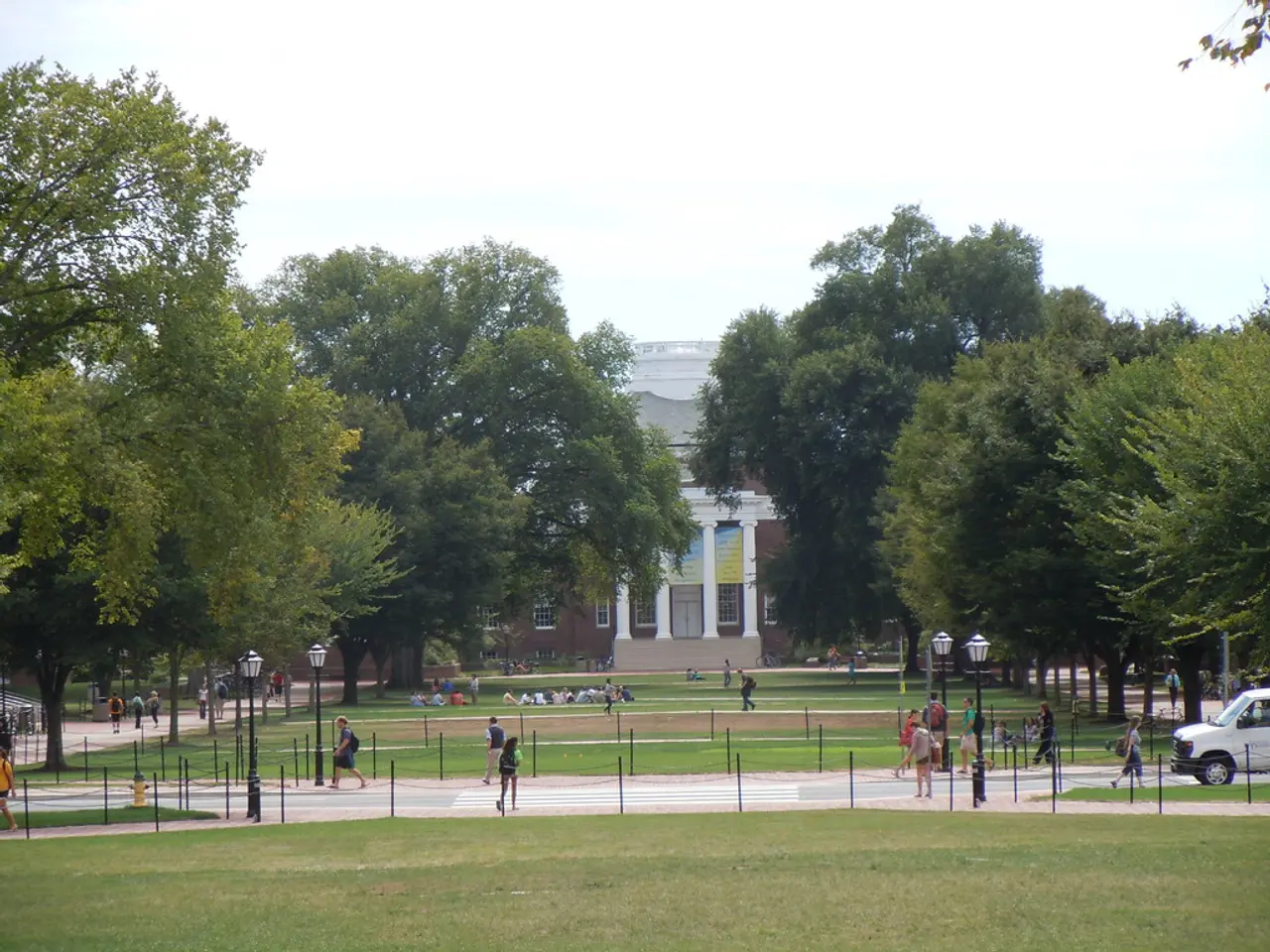Catering to each postal district: Fulfilling the requirements of rural youth through strategic collaborations
In rural communities across the nation, youth are facing increased barriers to extracurricular opportunities, as indicated by recent research. Limited access to specialized resources, transportation challenges, technology gaps, reduced availability of community facilities, social and motivational challenges, and broader family and socioeconomic factors all contribute to this disparity compared to their urban counterparts [1][2][3].
However, creative partnerships are proving to be a powerful solution in addressing these obstacles. By connecting rural schools with local professionals and community stakeholders, these partnerships can create mentorship and work-based learning opportunities that reflect rural students' backgrounds and interests [1]. Leveraging close-knit rural community networks, they can build tailored, culturally responsive extracurricular programs that foster motivation and engagement [1]. Collaborating across sectors, they can improve infrastructure such as broadband access and transportation options [1][2].
One such partnership is the collaboration between the local 4-H program and the Parks and Recreation Department. Last summer, a small summer camp for 12 youth was hosted by a local educational farm, and this year, the Parks and Recreation Department joined in to support funding and promotion, doubling participation to 24 youth [4].
For families like the Smiths, these partnerships have made a significant difference. Their autistic and ADHD son, who loves 4-H, finds a sense of belonging there, regardless of his difficult days. "4-H is not just an activity for him, but a place where he feels he belongs," said Mrs. Smith [5]. Belonging is the foundation for learning and growing, as stated in the study by Allen, K. A., Vella-Brodrick, D., & Waters, L. (2018) [6].
Developing strong partnerships requires intention and trust. Being flexible and responsive to changing circumstances is also crucial. For instance, after the pandemic, an after-school program had to be reimagined, and collaboration with a local elementary school offered three weeks of hands-on learning each summer instead [7].
The local housing authority expressed a need for free after-school programming, and a partnership was formed to bring 4-H directly to their site [8]. Five key steps in developing partnerships include identifying shared goals, building relationships, understanding and respecting each partner's strengths and weaknesses, communicating effectively, and evaluating and adjusting partnerships regularly [9].
By forming intentional, multi-level partnerships that integrate educational, social, infrastructural, and policy strategies, rural communities can better overcome access barriers and provide equitable extracurricular opportunities that promote positive youth development and motivation [1][2][3]. It's critical to meet youth where they are and build inclusive, high-quality programming that includes everyone.
References:
[1] Kroshus, E., Tandon, P. S., McGuine, T., et al. (2022). Barriers to Extracurricular Opportunities for Rural Youth. Journal of Rural Health. [2] Allen, K. A., Vella-Brodrick, D., & Waters, L. (2018). Belonging, Mattering, and Purpose: The Role of Social Connectedness in Adolescent Health and Well-being. Annual Review of Psychology. [3] National 4-H Council. (2021). 4-H in the Community: Partnerships and Collaborations. Retrieved from https://4-h.org/resources/4-h-in-the-community-partnerships-and-collaborations/ [4] Local Parks and Recreation Department. (2022). Summer Camp Partnership with 4-H Expands Opportunities for Youth. Retrieved from https://www.localparksandrec.com/news/summer-camp-partnership-with-4-h-expands-opportunities-for-youth [5] Smith Family Interview. (2022). The Impact of 4-H on Our Family. Retrieved from https://www.4-h.org/stories/the-impact-of-4-h-on-our-family/ [6] Allen, K. A., Vella-Brodrick, D., & Waters, L. (2018). Belonging, Mattering, and Purpose: The Role of Social Connectedness in Adolescent Health and Well-being. Annual Review of Psychology. [7] After-School Program Reimagined. (2021). Collaboration with Local Elementary School Offers New Opportunities. Retrieved from https://www.afterschoolprogram.org/news/after-school-program-reimagined-collaboration-with-local-elementary-school-offers-new-opportunities/ [8] 4-H Partnership with Local Housing Authority. (2020). Bringing 4-H Directly to Those in Need. Retrieved from https://www.4-h.org/news/4-h-partnership-with-local-housing-authority-brings-4-h-directly-to-those-in-need/ [9] Five Steps to Developing Effective Partnerships. (2019). Retrieved from https://www.effectivepartnerships.org/five-steps-to-developing-effective-partnerships/
Education and self-development, facilitated by intentional partnerships, have been integral in bridging the gap for rural youth facing access barriers. Personal growth opportunities, such as mentorship and work-based learning programs, are made possible through these collaborations, fostering a sense of belonging and promoting motivation for rural students.




